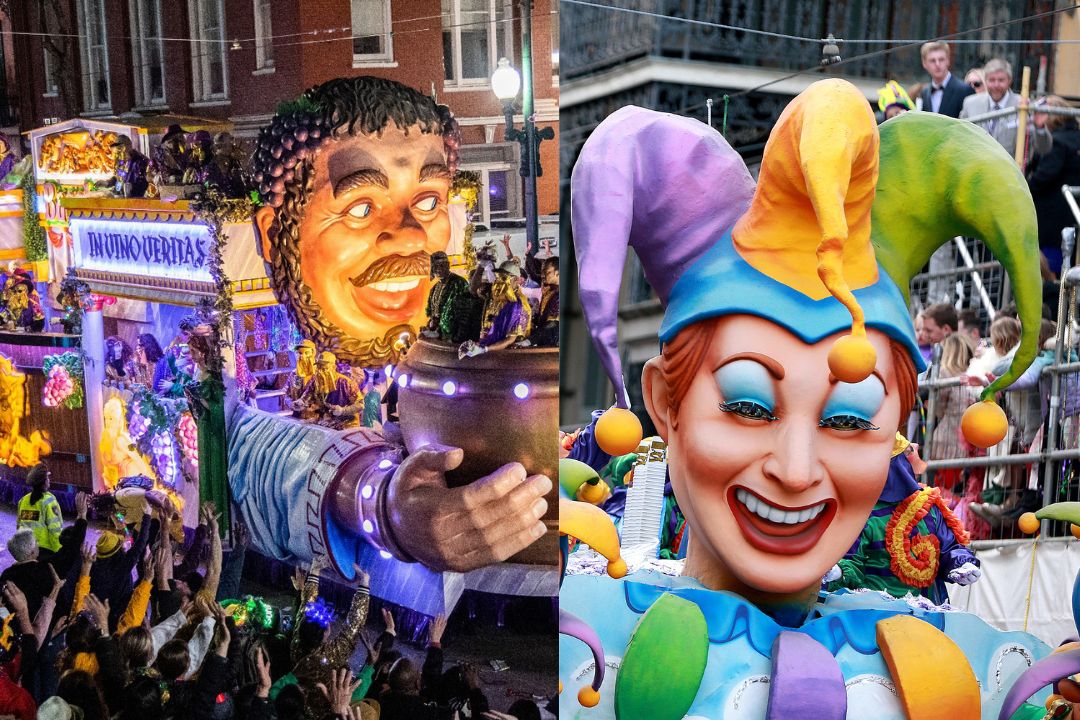Within the dynamic embroidered artwork of Unused Orleans’ social history, Mardi Gras stands out as a reference point of freedom and celebration. However, in the midst of the sparkling coasts and disguise, lies a lesser-known account of flexibility and defiance—the story of how Mardi Gras conventions sustained the prospering of the city’s LGBTQ communities.
For eras, Mardi Gras has served as a haven for self-expression, a cherished minute when standards are suspended, and independence is celebrated. In a city where Catholic conventions entwine with a soul of celebration, the party of Mardi Gras risen above simple indulgence—it got to be a arrange for freedom.
Verifiably, Modern Orleans hooked with inflexible sexual orientation standards, where cross-dressing was policed and marginalized. In any case, amid Mardi Gras, a exceptional special case risen. As the city surrendered to the carnival soul, law authorization turned a daze eye, and the boulevards got to be a canvas for gender-bending expression.
Mardi Gras
The roots of LGBTQ strengthening amid Mardi Gras follow back to the mid-1800s when disguise balls, soaks in European convention, found their way into the heart of Unused Orleans’ celebrations. In spite of societal imperatives, these furtive social occasions laid the basis for subversion and rebellion.
The rise of LGBTQ organizing picked up force against a background of post-war restraint and societal change. In spite of confronting threatening vibe and separation, cheerful Mardi Gras balls developed as a rebellious celebration of character. The Krewe of Yuga, with its colorful spoofs of convention, challenged societal standards and lifted drag culture to unused statures.
Be that as it may, the street to acknowledgment was full with challenges. The notorious 1962 police attack on the Krewe of Yuga underscored the dubious nature of LGBTQ perceivability. However, from the fiery remains of difficulty, modern krewes developed, intensifying the bequest of their forerunners.
In 1966, the Krewe of Petronius secured a state constitution, checking a point of reference in LGBTQ perceivability. In spite of lawful limitations, the soul of insubordination persevered, as rulers astonished groups of onlookers with their excessive exhibitions.
The advancement of LGBTQ krewes within the confront of misfortune mirrors the broader battle for acknowledgment and uniformity. Through the tumult of the Helps emergency, these krewes got to be bastions of back and solidarity, encapsulating the flexibility of the community.
Nowadays, Mardi Gras remains an permanent portion of LGBTQ history in Unused Orleans—a confirmation to the persevering soul of resistance and celebration. Whereas challenges continue, the legacy of Mardi Gras perseveres as a image of inclusivity and strengthening.
As we delight within the pomp of Mardi Gras, let us not disregard the unsung heroes who cleared the way for LGBTQ perceivability and acknowledgment. Their sequined tirelessness proceeds to sparkle brightly, enlightening the way towards a more comprehensive future.
Creator:
Lily Lucas Hodges, Student of history and LGBTQ Advocate at Chapman College
